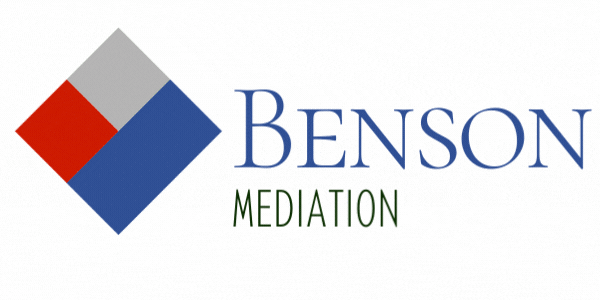WHAT'S A BRACKET?
/Bracketing is an old and simplistic negotiation gambit. It is used a lot and often with bad results. It has nothing to do with any of the real issues of liability or damages nor does it represent a rational process to determine a realistic settlement figure. Even so, bracketing has a place in your negotiating tool box. If the parties have a mutual and in-depth understanding of the facts and the law, bracketing can bring the money issue to a head sooner than later. It can also encourage a reluctant but informed party to open with a reasoned offer.
Bracketing is essentially a “bid/ask” strategy and its success is almost entirely dependent on persuading the other side to open first with a reasonable proposal. Example: If a mediation begins with no money on the table and a plaintiff thinks that a reasonable settlement is $500,000, then a $1,000,000 “demand” against an offer of $0.00, will inevitably, no matter what anyone (including the mediator) says or does, result in a $500,000 message arriving in everyone’s inbox. And if this opening gambit fails, which it most often does, the cat is out of the bag, so to speak. You have given up a great deal of information (if you are serious about $500,000) with absolutely no promise of getting anything back for your candor. Moreover, you invite what some call double-bracketing, a strategy of responding to a bracket with a bracket but one that moves the mid-point away from yours. That number bears no relationship to anything other than it is a different mid-point.
There are many other effective, creative bargaining strategies that rely on reason and logic, while also acknowledging how people feel about the controversy. Resorting to bracketing because a negotiator is frustrated or impatient is not likely to result in a settlement. Patience and preparation remain the key to a successful negotiation.
As they say in the ad on TV, I know a thing or two because I’ve seen a thing or two. So let me help you make the most of your mediation.


